#primitive breed
Explore tagged Tumblr posts
Text
day 4: jindo
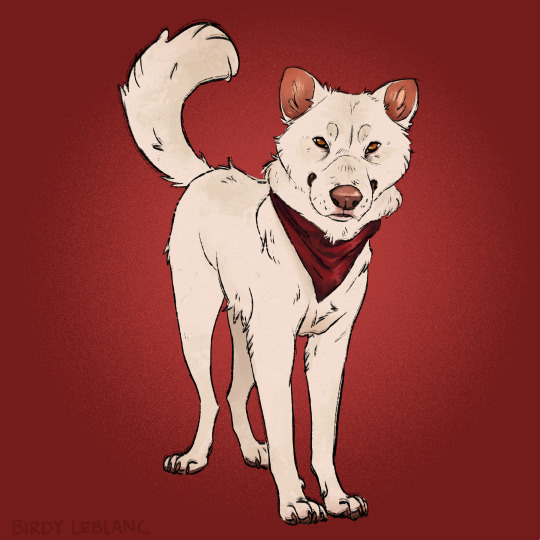
#digital art#art#artist#digital illustration#character design#sketch#doodle#dog#animation artist#doggust 2023#doggust#custom list#jindo#rare breed#primitive breed
61 notes
·
View notes
Text

Horse breed of the day: Heck Pony
Height: 12 -13hh
Common coat colors: Dun and grullo
Place of origin: Germany
#heck horse#heck pony#german heck pony#horseblr#attributes:#hardy#willing#laid back#a very primitive breed!#often used for driving carts for pleasure or competition!
2K notes
·
View notes
Text
Utilization: By his anatomical peculiarities this dog is predestinated to puffin-hunting on the steep rocks around the fjords and along the shore.

The standard:
Neck: Clean-cut, of medium length, quite strong with a relatively well furnished collar.
Compendium comment:
The head is carried relatively low. The two last vertebrae (atlas/apsis) are shaped so that the dog can bend backwards so that the head touches the back. To do so is vital when turning in the narrow burrows. NB! This should NEVER be demonstrated the ring!
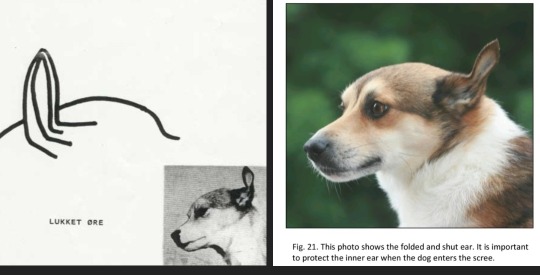
The standard:
Ears: Triangular ears of medium size, broad at the base, carried erect and very mobile. The cartilage of the ear lobe has the faculty of being able to retract itself so that the ear folds itself and flops in a specific manner, either backwards or in right angle upwards, so as to close the auditory passage.
Compendium addition:
The ears of the Lundehund have a unique muscle that enables them to fold and close the ears when entering the burrows, thus protecting them against dirt and moisture. The turning and folding of the ears probably also is help in locating the birds.
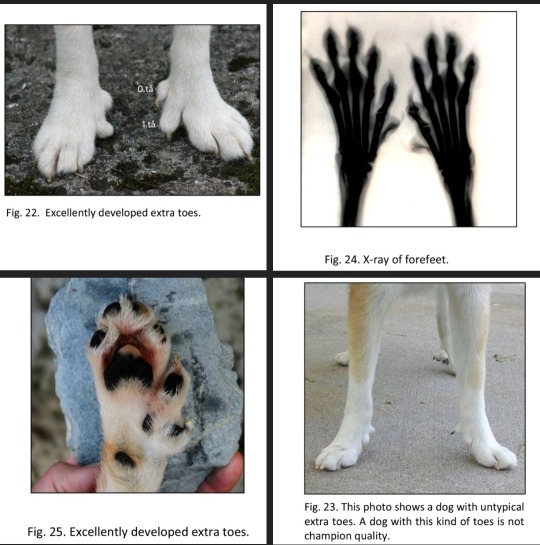
The standard:
Forelimbs: Moderately angulated. Forearm: Straight.
Forefeet: Oval shaped, turning slightly outwards, with at least six toes of which five must rest on the ground. Eight pads on each foot. The two inner toes, formed respectively by 3 and 2 phalanges and endowed with a ligamentary and muscular system, make the foot look solid.
Compendium addition:
Very flexible and elastic shoulder muscles. The Lundehund has joints that allow the forelimbs to extend at nearly 90 degrees from the body, but this must NEVER be demonstrated in the ring! The forefeet turn slightly outwards to give room for the extra toes.
The Norwegian Lundehund is a polydactyl. Instead of the normal 4 digits, the Lundehund normally has 6 digits, all fully formed, jointed and muscled, with tendons going up the inside of the leg, partly responsible for its wide front gait. Some specimen may have more, others less than 6 digits per foot, but less than 6 on front feet should lead to downgrading. The extra toes help the dog climbing up and down crevices in screes and cliffs.
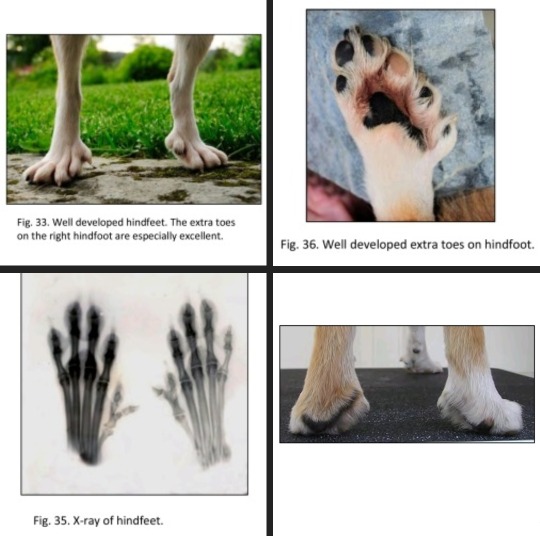
The standard:
Hindfeet : Oval shaped, turned slightly outwards, with at least six toes - four of which must rest on the ground. Seven pads on each foot, the one in the middle, the most important one by its size, being attached to the inner pads corresponding to the two inner toes. When the dog is standing up on a flat surface, the weight of the body must be evenly distributed on the pads.
Compendium comment:
More than 6 digits is not a fault. 5 digits are acceptable on the hind feet. The extra toes on the hind feet are normally less developed than those on the forelegs and variations from the ideal, both regarding number and placement, should not be penalized.
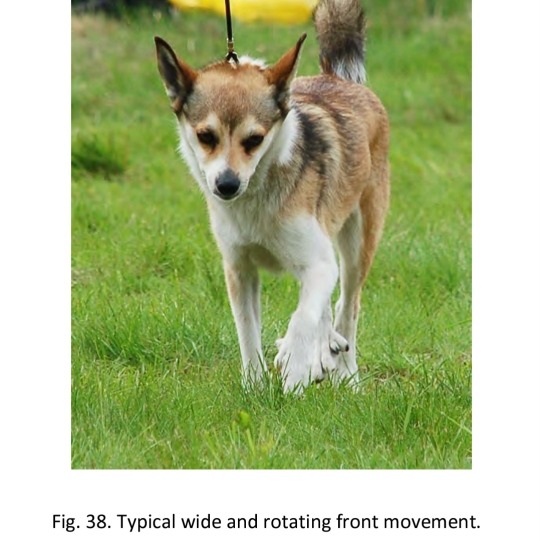
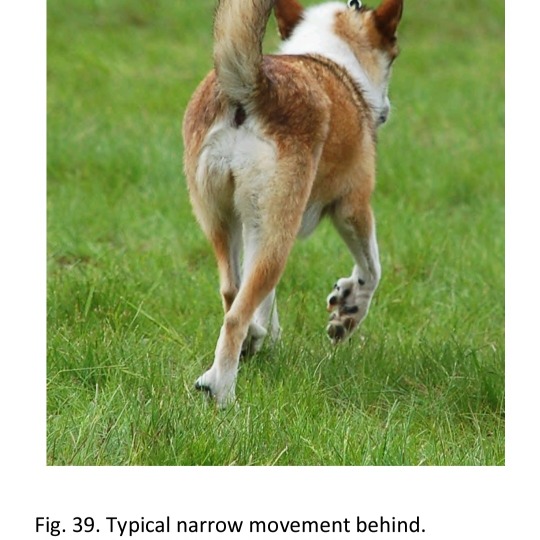
The standard:
Gait/Movement: Light and elastic. An external rotary action of the forelegs and somewhat close action behind is characteristic of the breed.
Compendium comment:
In judging the movements of the Lundehund, one must consider that this dog is built to climb efficiently up and down steep cliffs and screes. The extra pads on both fore- and hind paws must then touch the surface to aid the dog in climbing. The extra toes help getting a grip, both in ascent and descent. The wide front with extra flexibility enables climbing safely up and down crevices, as the forelegs can grip at a 90 degrees angle to the body. On flat surfaces, the Lundehund will show typical rotating front movements, due to tendons and muscles from the extra digits on the inside of the legs. Hind movements are narrow.
#norwegian lundehund#lundehund breed compendium#(excerpts)#photos from the compendium + the top from a veterinary journal on outcrossing#is2g every time i talk about this breed it sounds like youre making a fantasy species thats a Dog But Slightly Off#long post#some of these traits appear in other primitive breeds as well#lundehunds were described in 17th and 18th century texts. but we know there have been dogs in this area for thousands of years#plently long enough to produce a freak of nature (<3)
1K notes
·
View notes
Text
read cloven hooves and actually enjoyed it for the most part. that being said "robin hobb has a breeding kink" used to be a joke. it isn't anymore
#.txt#when she pulled out that animalistic primitive breeding impregnation pheromones goat dick ewe fucking shit i was like damn. yeah okay#i see why she doesn't let her husband read her books because this seemed semi-autobiographical to me
33 notes
·
View notes
Text
My personal preference for a dog will always be one with a spring in its step when they walk
#not really a fan of breeds with a lumbering gait#this is why i love “”primitive“” spitzes#biomechanics aside I like the character it adds#basil has a gay little trot that swooshes his pantaloons from side to side its very endearing
30 notes
·
View notes
Text
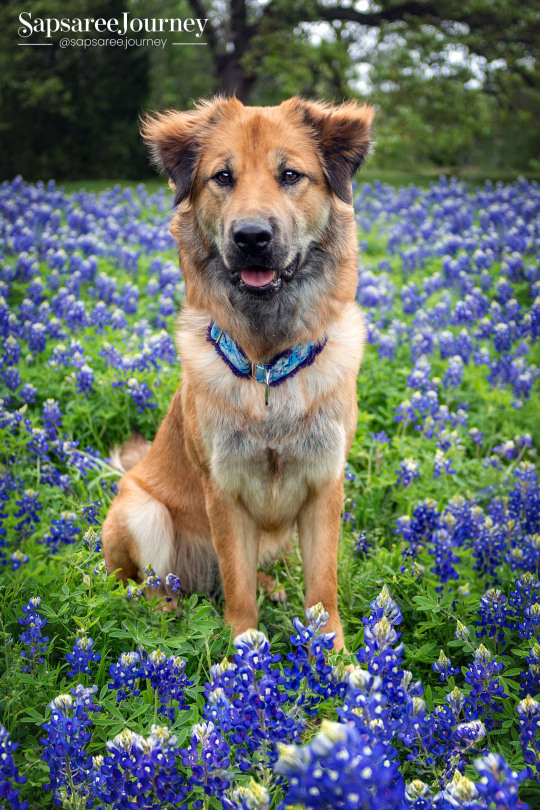
Obligatory bluebonnet photo! I got a few others, but obviously I had to spend too much time making One Good Edit. ™️
#journey the sapsaree#sapsaree#sapsali#sapsalgae#sapsal dog#sapsal#primitive dog#rare dog breed#rare dog#korean sapsali#korean sapsaree#삽살개#삽살이#단모삽살개#bluebonnets#dog#dog photography
109 notes
·
View notes
Text
What it's like to have a laika:

#meme#join a union#get the bag#get the bread#labour solidarity#sled dog#Indigenous dog#primitive dog#hunting spitz#hunting laika#hauling laika#spitz#independent dog#independent breed#salary negotiation#wage negotiation#free-thinking dog#alt text
8 notes
·
View notes
Text
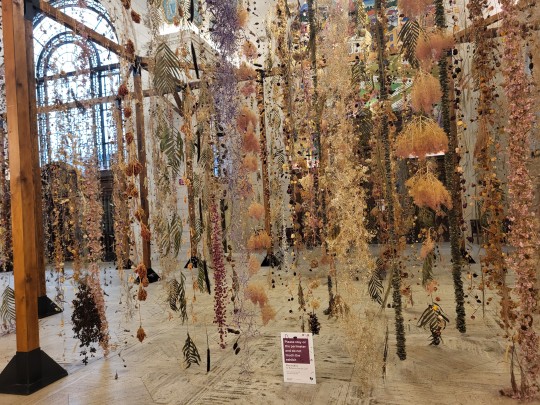
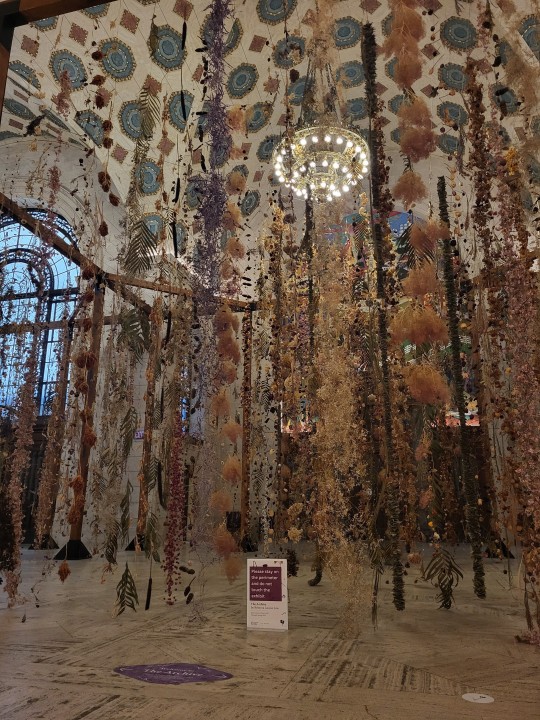
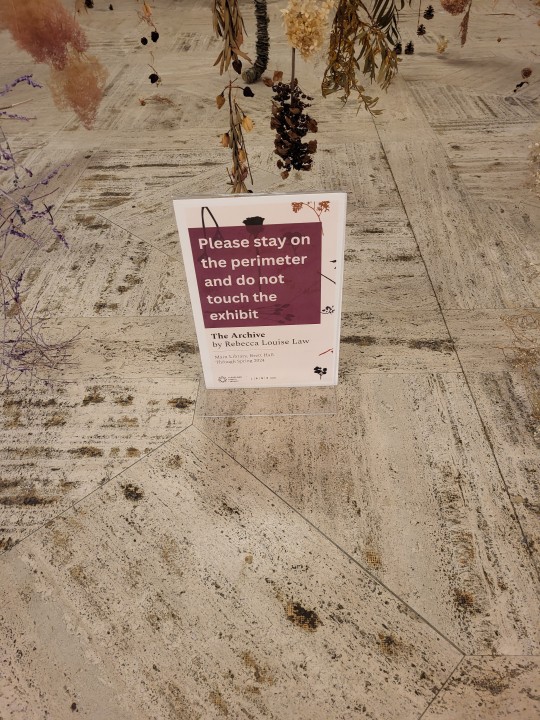
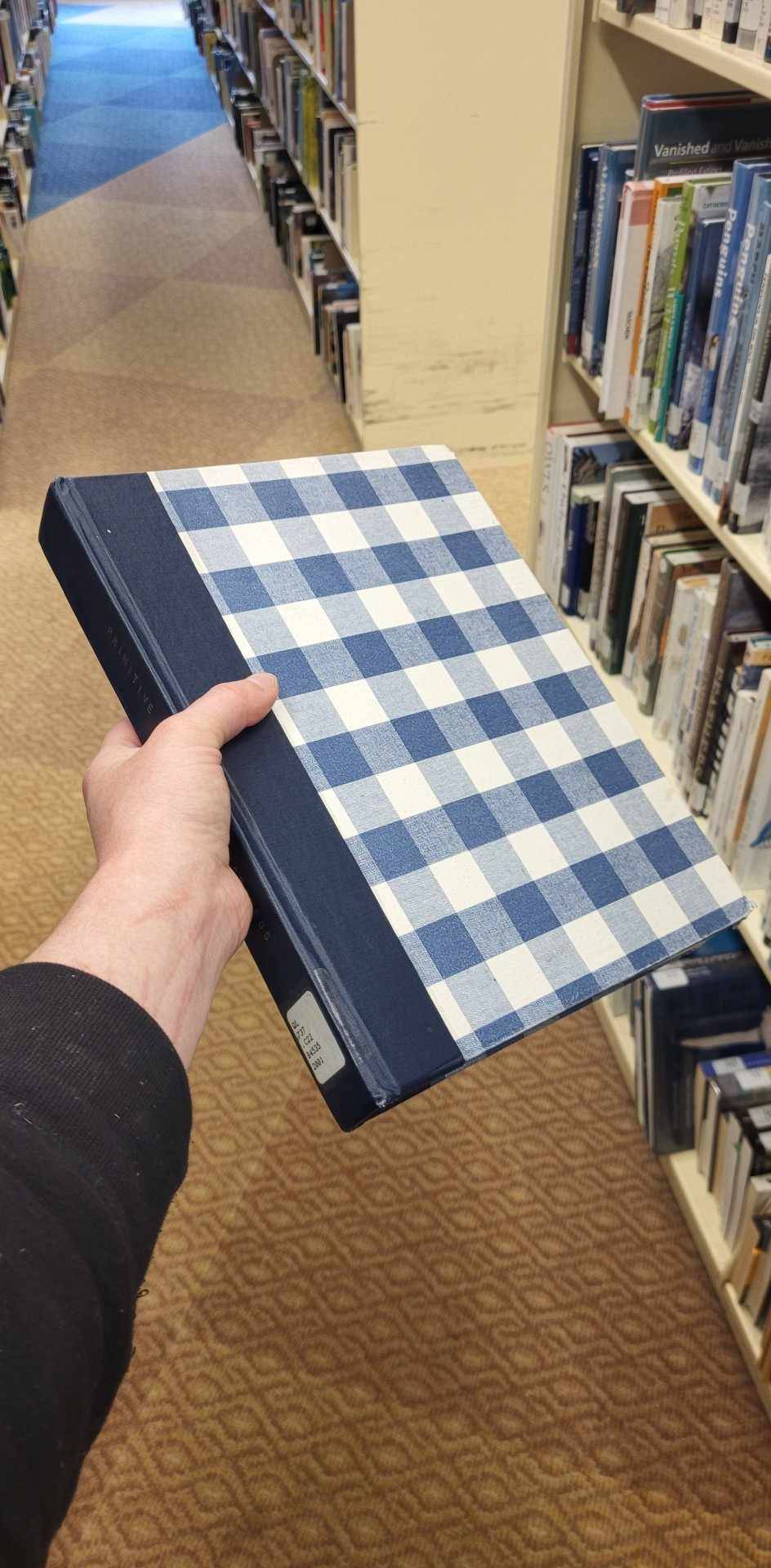
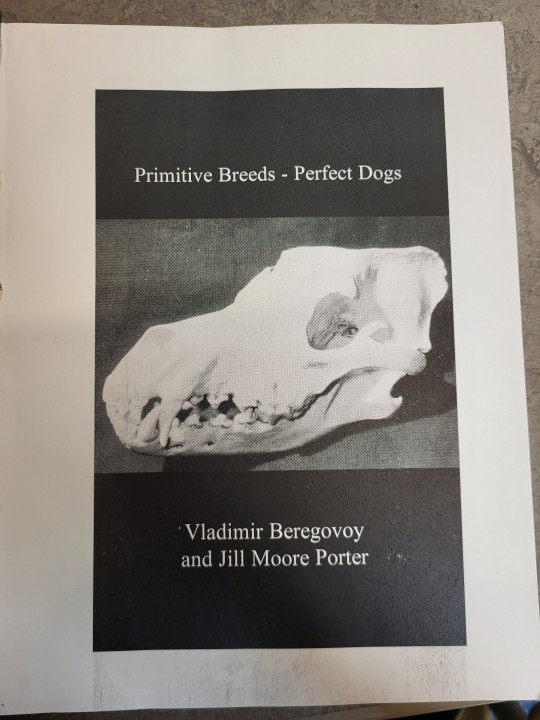
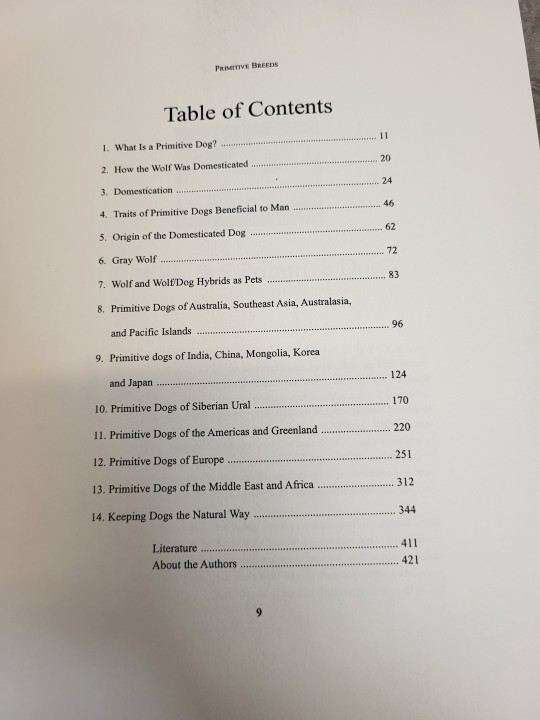

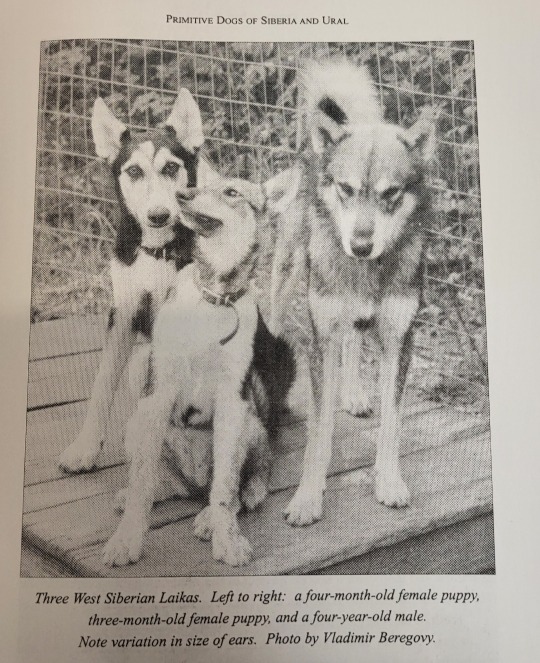

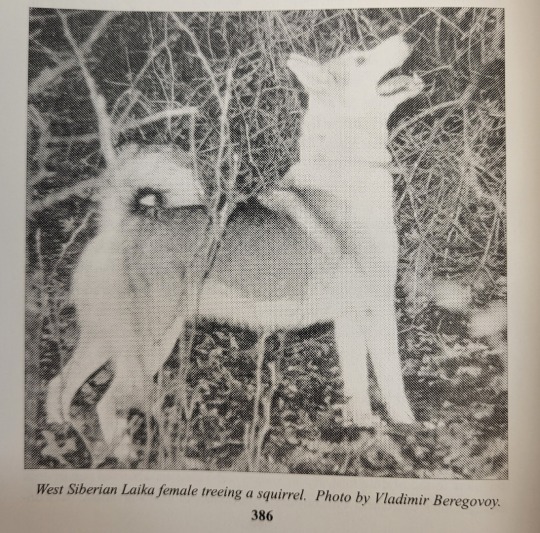
Along the way home from visiting losech I stopped at the Cleveland Public Library, which had this very cool exhibit, an underground tunnel to a second building of the library, AND most crucially the reason for the stop there; three copies of Primitive Breeds, Perfect Dogs. Someday ill get my own physical copy of it, but for now I have a digital copy of it that I made by. Sitting photographing every page for like two hours. I asked the author before even taking this trip if he was okay with that, as there are no more copies being made ever, and he gave me his direct and explicit permission.
Also there were SEVERAL other cool books there, I could spend months in this library reading. Why is it in Cleveland of all places.
#books#primitive breeds perfect dogs#vladimir beregovoy#jill moore porter#2001#2000s#my library#not quite but if i wanna find it later thatll help#someday for real itll be in my library but im not joking when i say a copy is impossible to find#these copies were actually all scanned reprints of the original book as well. theres a map thats supposed to be in color#and some other scanned smudges in these printings#id be happy with a reprinting like these#but the real dream is an original printing 😭😭😭
34 notes
·
View notes
Text

"Primitive Minority Sheep Breeds!"
At the Okehampton Show, in Devon, England.
24 notes
·
View notes
Text























- HWD - SERIES | Highland Wild Dog Story with James "Mac" McIntyre - The Documentary - Eksplorasi New Guinea Highland Wild Dog di Area Tambang Grasberg
The Highland Wild Dog (HWD) is one of the rarest and most ancient canids currently living, potentially our best example of a proto-canid and is truly a living fossil. It is the apex predator of New Guinea and what many think is one of the most important canids in existed. The HWD may be the missing link species between the first early canids and the modern domestic dog. ~ NGHWDF
Though this isn't my footage, I took the time to make the gifs. See my terms of use BEFORE you reupload!
#ancient breed#animal trap#cage#conservation#dingo#fog#howling#indonesia#mist#mountains#new guinea highland wild dog#new guinea singing dog#papua new guinea#primitive dog#proto dog#protodogs#puppy#scenery#scent rolling#stim#tracker#trail cam#wild animals#wild dog#wildlife#content: upload#creature: canine
9 notes
·
View notes
Text
not to get on here asking for dog book recs once again, but does anyone know of any good ones that focus specifically on working with primitive breeds?
#it’s definitely a topic i’d rather get hands-on experience with but !! can’t do that rn so i’m hitting the books#non-book recourses would be great as well !!#<<this includes pointing me towards blogs that post ab training with their primitive breed lol#if any exist#dogblr#book recs
39 notes
·
View notes
Note
my favorite part about the laiki and other spitz is how you can look at them and go "oh wow that wolf sure has a case of Domestication Syndrome" like they're very close to a wolf or wolflike canine in appearance just subtley curlier and puppyish compared to more intensively selected breeds if that makes sense
It does, and is sortof a reason why I like spitz. I don't care for how most drop-eared breeds look. Yes I shouldn't be picking breeds based on looks, but in the case of spitz, they fit the temperament and ability I also like, so I can have a bit of visual preference there.
15 notes
·
View notes
Text
there are several scandinavian horse breeds that would have fit sensibly in skyrim but for some reason the vanilla horse's conformation is pretty clearly based off a belgian draft
#tearless vs skyrim#I'm opting not to treat them as any particular modern breed#they're just big cold blooded horses with probably more primitive traits than horses in cyrodiil#because skyrim is some kind of fucked up viking ice age setting#also frost is pangare according to his papers I don't know why they did that when his actual texture in game is palomino#I think I'm gonna adjust the basic horse's proportions a little#just trim down the ass a little and make the ears less weird looking#might make a unique model for frost that's a little more bulky/cresty since he's a stallion#(probably will not be giving him balls though sorry frost I just don't want to spend that much time modelling horse balls in blender)
10 notes
·
View notes
Text

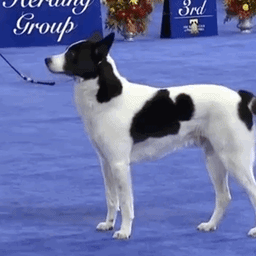



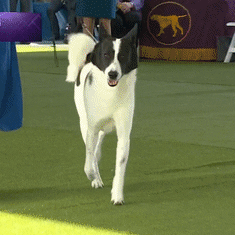

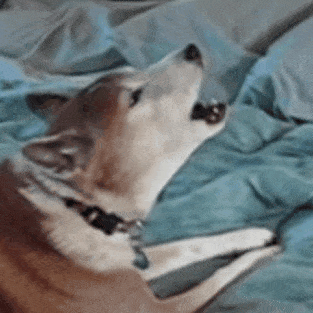


Ancient woofer stimboard
x x x x x x x x x Banner
mOther.. I'm having an active hyperfixation on my dog/breed development special interests againnn~ 🎶
The Basenji (top left, center, bottom right) is a slim, ancient African breed which falls into the Asian Spitz group. It has a fuck shaped throat that produces a distinct yodel-howl, which it does instead of normal barking. They tend to latch onto one person who becomes Their Particular Human. The Basenji's body produces less starch-busting enzymes than other dog breeds -- matched only by huskies, dingoes, and wolves -- which suggests that the breed predates the development of agriculture.
The Canaan dog (top center, middle right, bottom left) hails from Palestine and is Israel's national dog breed. Middle eastern nomadic peoples used them for guarding and herding. They were important for the ancient Israelites but had to be abandoned upon the Diaspora (the exile from their homeland), where they continued to live around settlements. In the early-mid 1900s, professor Rudolphina Menzel was commissioned for service dog projects by the Zionist paramilitary-- she "redomesticated", standardized, and trained the Canaan dog during the establishment of the colony Israel. Their key purpose was to "protect Jews"-- something I can only assume means they were tools of violent terrorism against Palestinians. Fortunately, it didn't work out because this breed is too independent. There is a movement to reclassify the dog as the Palestinian Pariah.
The New Guinea Singing Dog (top right, middle left, bottom center) is a rare breed indigenous to the island of New Guinea (just north of Australia), known best for its namesake yodeling. It was believed to be semi-feral by white scientists for some time, but all evidence shows that singing dogs are domesticated-- just raised communally as village dogs. An even rarer relative from the mountains, the New Guinea Highland wild dog, is non-domesticated but is not a divergent population of singing dogs gone feral-- rather, both singing dogs and Australia's dingoes descend from it.
#these were a pain in the ASS to find gifs for holy shit#dogs#puppies#ancient breeds#basal breeds#indigenous breeds#pre-contact dogs#primitive breeds#basenji#Palestinian pariah dog#canaan dog#new guinea singing dog#New Guinea highland wild dog#protodogs#dingoes#stim stuff#is it a stimboard at this point. when I do ones like this where it's a collection of dogs just. vibing mundanely. being dogs generally#it's a gifset it's just a gifset
23 notes
·
View notes
Text








One of the Facebook groups I'm in features a breed every month, and August 2024 is sapasree month. I thought I would share my posts here so we can spread some awareness and education since information is very difficult to find (in English especially, but also still in Korean).
Day one is just basic information.
Sapsalgae 삽살개, affectionately called sapasree 삽사리/sapsali 삽살이 and occasionally shortened to sapsal 삽살, is an indigenous dog (토종개) from South Korea. The name originally derives from Hanja (Chinese characters in Korean language) 煞 (evil spirit) and 揷 (to stop), and in Hangeul, the name becomes 삽사 (chase evil spirits) where 개, gae, means dog. Thus, the sapsaree's literal name means to chase or ward off evil spirits, and as such, sapsarees are often seen as guardians or protectors that bring good luck and peace.
Sapsarees have lived in South Korea for thousands of years, but exactly how long is unknown. The history of sapsarees are largely known through oral stories, folktales, paintings, songs, and writings. Potential evidence suggests they have been around since at least the Silla Dynasty (57 BCE – 935 CE), and for some time, they were typically kept by royalty. They were largely kept as companions, but they were sometimes used as military dogs (specifics of both of these purposes are unknown but likely along the lines of a general purpose companion, watch dog, and hunter). It wasn't until the Koryo Dynasty (918–1392) that commoners started owning sapsarees. During Japan's occupation of Korea, Japan issued Ordinance No. 26 in 1940 to kill dogs for fur to use as military resources. Sapsarees were largely targeted for their long hair, and an estimated 1.5 million sapsarees were killed during this period. Sapsarees came dangerously close to extinction, and in 1969, professors from the Kyungpook National University began searching for sapsarees. Of the dogs believed to be pure by appearance and behavior, only about 30 were found by 1972 when research began.
The true dedication to preserve sapsarees began in 1989 when Professor Ji-hong Ha committed to getting sapsarees recognized as a national monument (designations to animals, plants, formations, etc. that highlight and represent Korea's heritage), and in 1992, the Korean Sapsaree Foundation was founded and sapsarees were designated as National monument #368. From the original ~30 dogs saved, only 8 remained, and from those, the breed was carefully bred for preservation and protection. In 1999, sapsarees became available to the general public, and more recently, have become available to international buyers. Today, the Korean Sapsaree Foundation permanently houses approximately 500 sapsarees for preservation, breeding, and research, and sapsarees now number in the several thousands.
As sapsarees have always been companions, their strength comes from their qualities and behavior with their family. They are most well known for their loyalty and loving nature, but they are also characteristically gentle, obedient, and sociable within their circle. They are said to love with their whole body with their people. They are not known to be a vocal breed, but they are very watchful and may alert bark at strangers. In doing so, they are characteristically fearless and loud. As current priority is toward health and genetic diversity, specific traits on individuals are less selected for or against. As such, traits like prey drive, energy level, food drive, toy drive, and social friendliness with other dogs may vary. Sapsarees are a smart breed, but they are not bred specifically for work or sport, and sometimes motivating them can take time. Uniquely without being selected for, sapsarees generally seem to enjoy water and are generally very clean dogs (ie, not crate dirty and may hold their bladder for long periods). Weak character and nervousness is a fault, and excessive aggressiveness is a disqualifying fault.
Appearance-wise, sapsarees are known for their rectangular shape, large head, large ankles, and shaggy (furnished) fur. Combined with their watchful nature, they are sometimes called "lion dogs" but generally have a amiable appearance. While they are known for their shaggy fur, approximately 3% of sapsarees have what is called "short fur" (unfurnished). In Korean, the short hair sapsarees are sometimes called Goryegae 고려개 (a term coined by Professor Ha), but they are genetically the same. In Korea, sapsarees are considered large dogs. However, they are generally a medium-sized dog at about 52-63 cm tall and 20-30 kg (20-24 in tall and 44-66 lb). They have floppy ears and are generally moderate and well balanced dogs in all aspects due to lack of specific breed purpose and trait selection. Because of their near extinction, priority has been placed on health and genetic diversity. While some selection toward appearance is considered, there remains some variation in appearance in regards to subtleties and specifics. Per the foundation, sapsarees are considered blue or yellow, or variations of blue or yellow, or spotted. Genetically, sapsarees appear to be able to be black, brown/liver, blue, various intensities of red (including a very light cream), and piebald. Various markings and variations appear as sable, agouti, masks, minor ticking on noses and paws (more ticking may be noted on piebald dogs), tan point, and residual white on the chest, paws, and nose. Erect ears are a disqualifying fault.
#sapsaree#sapsali#sapsalgae#sapsal dog#sapsal#primitive dog#rare dog breed#rare dog#korean sapsali#korean sapsaree#삽살개#삽살이#dog#삽사리#AboutTheSapsaree
10 notes
·
View notes
Text
Watching grown men scream about pronouns is such a surreal experience
#I can't believe transphobes are human beings and not their own primitive breed#that starfield tantrum was so bizarre to behold and the guy was being 100% serious. it wasn't a meme#unbelievable.#so fucking funny#starfield#transgender#trans#pronouns#lgbtq#queer#lgbt#lgbtqiia+
13 notes
·
View notes